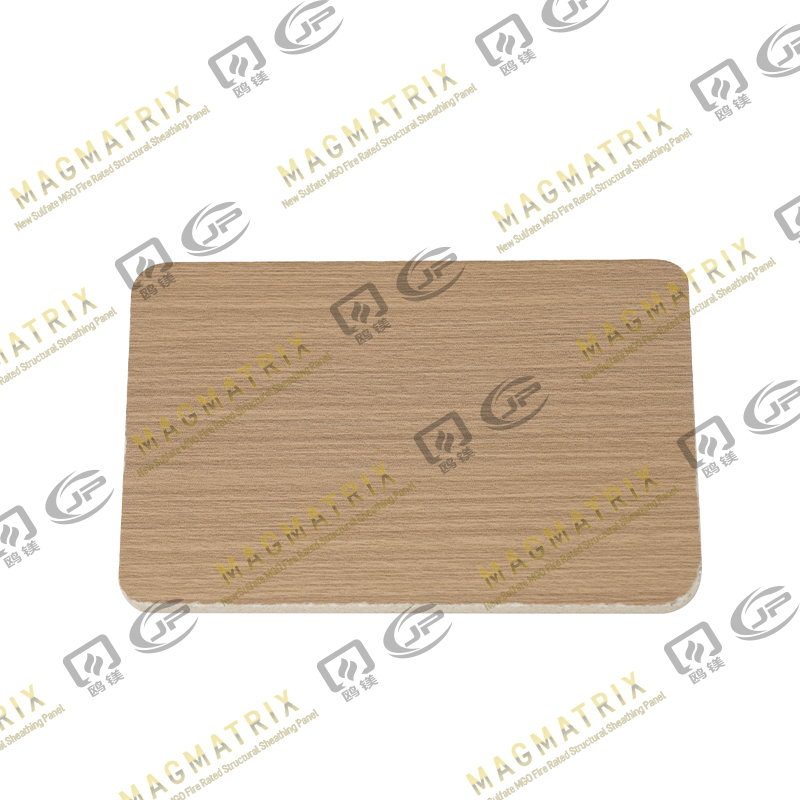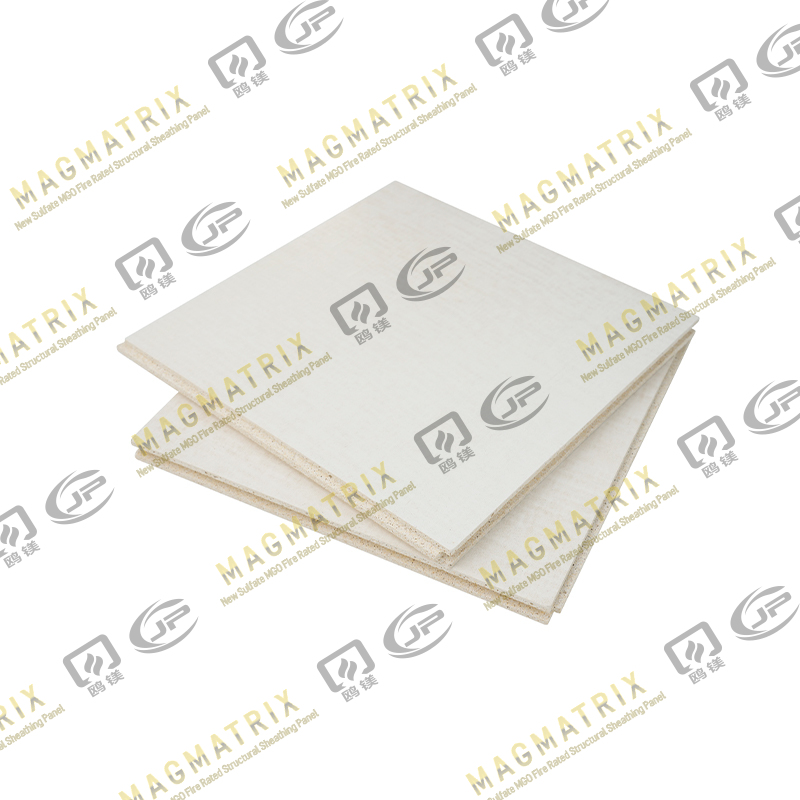Key Takeaways
Cement board is a highly fire-resistant building material, but it’s important to understand its limitations and proper use. It’s not completely fireproof, but it significantly slows the spread of fire.
Fire-Resistant, Not Fireproof: Cement board can withstand high temperatures and direct flame for a specific duration, but it will eventually fail. The term “fire-resistant” accurately describes its ability to slow fire progression.
Fire Ratings Depend on Assembly: The fire rating of cement board isn’t just about the board itself; it’s about the entire wall or floor assembly. This includes the framing, insulation, and fasteners used, which all contribute to the overall rating.
Installation is Critical: Poor installation, such as leaving gaps or using incorrect fasteners, can compromise the fire-resistant properties of the entire assembly. Proper installation is crucial for achieving the desired fire rating.
MGO Boards are a Stronger Alternative: For even better fire resistance, Magnesium Oxide (MGO) boards often outperform traditional cement boards. They are a newer, more advanced option to consider for specific applications.
Check Local Building Codes: Always consult local building codes and manufacturer specifications to ensure you’re using the correct materials and installation methods for your project. This is especially important for fire-rated applications.
Fire Resistance Basics
Fireproof vs. Fire-Resistant
It’s crucial to understand the distinction between “fireproof” and “fire-resistant.” Fireproof implies a material is completely impervious to fire, meaning it will not burn or be damaged under any fire conditions. In reality, very few materials are truly fireproof. The term is often misused.
Fire-resistant, on the other hand, means a material can withstand exposure to fire for a specific period of time without igniting, collapsing, or allowing fire to pass through it. This is measured and assigned a fire rating. Cement board falls into this category, as it is designed to slow the spread of fire, not stop it entirely. Its effectiveness is based on its ability to endure high temperatures and maintain its structural integrity for a rated duration, such as 30, 60, or 120 minutes.
How Cement Board Performs
Cement board is made from a combination of cement, reinforcing fibers, and other additives. This composition makes it non-combustible. When exposed to fire, the board itself does not fuel the flames. Instead, it acts as a thermal barrier, protecting the combustible materials behind it (like wood framing or insulation). The cement and sand in the board absorb the heat, and the water trapped within the material is slowly released as steam, further helping to cool the surface and prevent the temperature from rising to the point of ignition on the other side. This process, known as endothermic dehydration, is a key mechanism behind its fire-resistant properties.
Cement Board Fire Rating
Typical Ratings
Cement board does not have an individual fire rating on its own. Its fire-resistant properties are certified as part of a complete system or assembly, which includes the framing, insulation, and fasteners. These assemblies are tested by laboratories like Underwriters Laboratories (UL) or Intertek and are given ratings such as one-hour, two-hour, or four-hour. These ratings indicate the duration for which the assembly can resist fire exposure under controlled testing conditions. A common fire-rated assembly using cement board might achieve a one-hour rating, but more robust assemblies can reach higher ratings.
Assembly Requirements
To achieve a specific fire rating, every component of the assembly must be installed according to the tested specifications. This includes:
Framing: The type and spacing of the studs (e.g., steel or wood).
Board Thickness: The specific thickness of the cement board (e.g., 1/2 inch or 5/8 inch).
Fasteners: The type, size, and spacing of the nails or screws used to attach the board.
Joints: The treatment of joints between boards, which may require fire-rated tape or sealant.
Deviating from these specifications, even slightly, can void the fire rating.
Limitations
While cement board is an excellent fire barrier, it has limitations. It is not designed to withstand explosive forces or prolonged exposure to extreme heat that would cause the structure to fail. Additionally, its performance is compromised by improper installation, damage to the board, or moisture penetration, which can weaken its integrity over time.
| Aspect |
Fireproof |
Fire-Resistant |
| Definition |
Completely immune to fire and heat |
Can withstand fire for a specific duration |
| Material Example |
Certain high-tech composites, specialized ceramics |
Cement board, treated wood, MGO board |
| Application |
N/A (term is generally a misnomer) |
Building walls, floors, ceilings, fire stops |
| Rating |
N/A |
Rated by duration (e.g., 1-hour, 2-hour) |
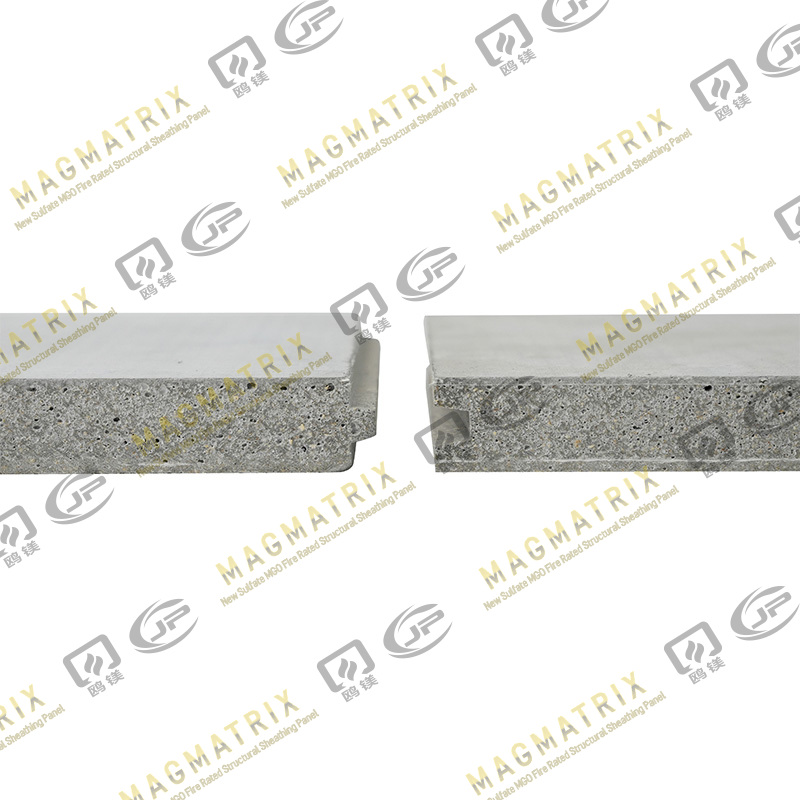
Factors Affecting Performance
Thickness and Type
The thickness of the cement board is a primary factor in its fire resistance. A thicker board provides a longer thermal barrier, which directly translates to a higher fire rating for the assembly. For instance, a 5/8-inch-thick board offers greater protection than a 1/2-inch board. The type of cement board also matters. Some manufacturers produce specific fire-rated varieties that incorporate enhanced additives or denser compositions to further improve their performance. Always check the manufacturer’s product data sheet for specific fire performance information.
Installation Quality
Proper installation is non-negotiable for achieving a fire-rated assembly. Gaps or seams that are not properly sealed with fire-rated caulk or tape can become weak points where fire and smoke can penetrate. Using the wrong fasteners or incorrect spacing can also compromise the integrity of the assembly under fire conditions, potentially causing the board to detach. The entire system—from framing to the final joint treatment—must be installed precisely according to the manufacturer’s and testing laboratory’s specifications to ensure it performs as rated.
Maintenance
Once installed, cement board is a very durable material, but its long-term fire-resistant properties can be affected by damage. Cracks, holes, or other forms of physical damage should be repaired immediately with appropriate materials to maintain the assembly’s integrity. Water damage from leaks can also weaken the board over time. Regular inspections, especially in areas prone to moisture or physical impact, are a good practice to ensure the fire barrier remains intact.
Comparison to Other Materials
Drywall
Traditional drywall (gypsum board) is a common fire-resistant material. Gypsum contains a large amount of chemically combined water. When exposed to fire, this water is released as steam, cooling the board and slowing heat transfer. This process, known as calcination, is very effective. However, once the water is gone, the gypsum begins to crumble. While effective, drywall is generally less durable and water-resistant than cement board.
MGO Board
Magnesium Oxide (MGO) board is a newer material that is rapidly gaining popularity. It is a type of cementitious board made from magnesium oxide, magnesium chloride, and other additives. MGO board is known for their exceptional fire resistance, often outperforming traditional cement boards and drywall. They are non-combustible and can withstand extremely high temperatures for extended periods. In addition, MGO boards are more environmentally friendly, mold-resistant, and have greater compressive and flexural strength.
Choosing the Right Option
The best material depends on the specific application. For areas requiring high water resistance, such as behind tile in bathrooms or kitchens, cement board is an excellent choice. For applications where superior fire resistance and a more eco-friendly material are the primary concerns, MGO board is often the better option. For general wall coverings where basic fire resistance is needed, drywall is often the most cost-effective solution.
| Material |
Primary Fire-Resistant Mechanism |
Water Resistance |
Durability |
Best For |
| Drywall |
Release of water as steam (calcination) |
Poor |
Fair |
General interior walls, cost-effective fire resistance |
| Cement Board |
Non-combustible, thermal barrier, absorbs heat |
Excellent |
Excellent |
Tiled areas, wet environments, general fire barriers |
| MGO Board |
Highly non-combustible, superior thermal barrier |
Excellent |
Superior |
High-performance fire resistance, eco-friendly projects |
Practical Tips
Installation Best Practices
Follow Manufacturer’s Instructions: Always use the fasteners, spacing, and installation methods specified by the manufacturer. This is the single most important step to ensure the fire rating is achieved.
Seal All Joints and Gaps: Use fire-rated joint tape and compound or caulk to seal all seams between boards and around penetrations (pipes, electrical boxes, etc.). Even small gaps can compromise the assembly’s integrity.
Use the Right Tools: Use a carbide-tipped scoring knife or a circular saw with a masonry blade to cut the boards cleanly. This ensures a tight fit and reduces the likelihood of damage that could compromise the board’s performance.
Ensure a Solid Substrate: The framing and underlying structure must be sound. The cement board relies on a stable foundation to perform effectively under fire conditions.
Maintenance Advice
Regular Inspections: Periodically check for signs of damage, such as cracks, loose fasteners, or water stains. In fire-rated walls, this is especially important for maintaining safety.
Promptly Repair Damage: If damage is found, repair it immediately. Minor cracks can be filled with a fire-rated sealant, while larger damaged sections may need to be replaced entirely.
Keep it Dry: While cement board is water-resistant, prolonged exposure to moisture can weaken its internal structure and fasteners over time. Address any leaks or water issues promptly.
When to Consult Experts
Complex Fire-Rated Assemblies: For walls, ceilings, or floors that require a specific fire rating for code compliance, it’s best to consult a certified fire protection engineer or a qualified contractor.
Building Code Questions: If you’re unsure about the specific fire codes in your area, contact your local building inspector’s office. They can provide guidance on material requirements and installation standards.
High-Risk Environments: In commercial kitchens, industrial settings, or near heat sources like furnaces or wood stoves, an expert can help design a safe and compliant system.
FAQ
Is cement board completely fireproof?
No, cement board is not fireproof. It is fire-resistant, meaning it can withstand fire for a specific duration, typically measured in hours, before it begins to fail. The term fireproof is generally a misnomer for most building materials.
Can cement board be used behind a wood stove?
Yes, cement board is an excellent material to use as a non-combustible shield behind a wood stove. However, it must be installed as part of a complete system that meets the manufacturer’s and local building code’s clearances and specifications for heat shielding.
How often should cement board be inspected for fire safety?
For standard installations, a visual inspection during general home maintenance is usually sufficient. In high-risk or commercial environments, a yearly inspection by a professional may be warranted to check for damage or deterioration.
Does cement board need special fasteners for fire-rated assemblies?
Yes, fire-rated assemblies require specific fasteners as outlined in the assembly’s certification (e.g., UL-rated screws or nails). These fasteners are designed to maintain their strength and hold the board in place even when exposed to high temperatures.
What is the difference between cement board and MGO board for fire safety?
Both are excellent fire-resistant materials, but MGO board generally offers superior performance. MGO board can withstand higher temperatures and for longer durations than traditional cement board. It is also often more resistant to moisture, mold, and termites, and is considered more environmentally friendly.
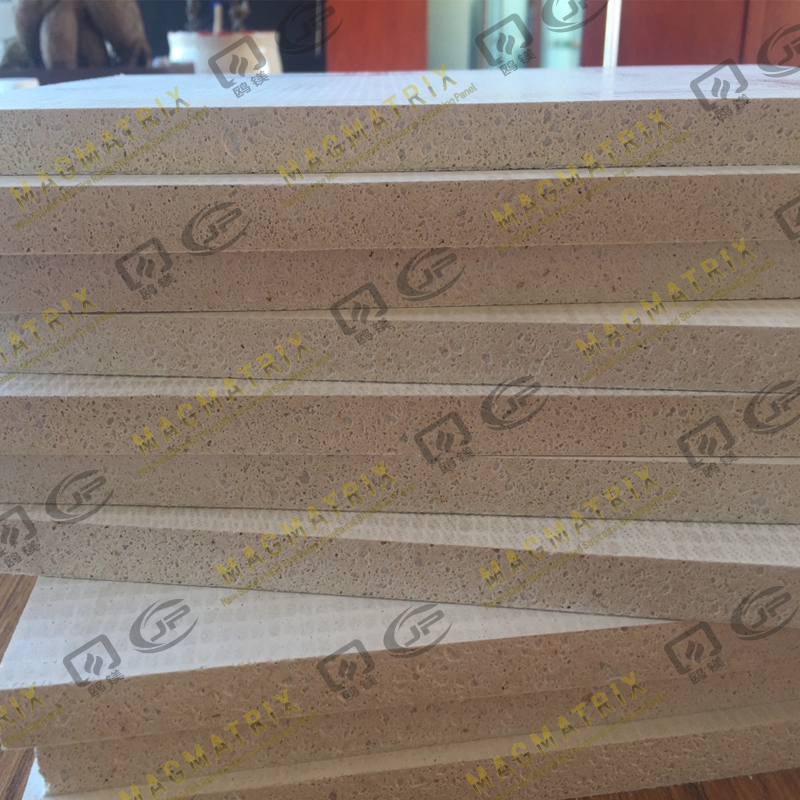 BMSC 517 New Sulfate MgO Board
BMSC 517 New Sulfate MgO Board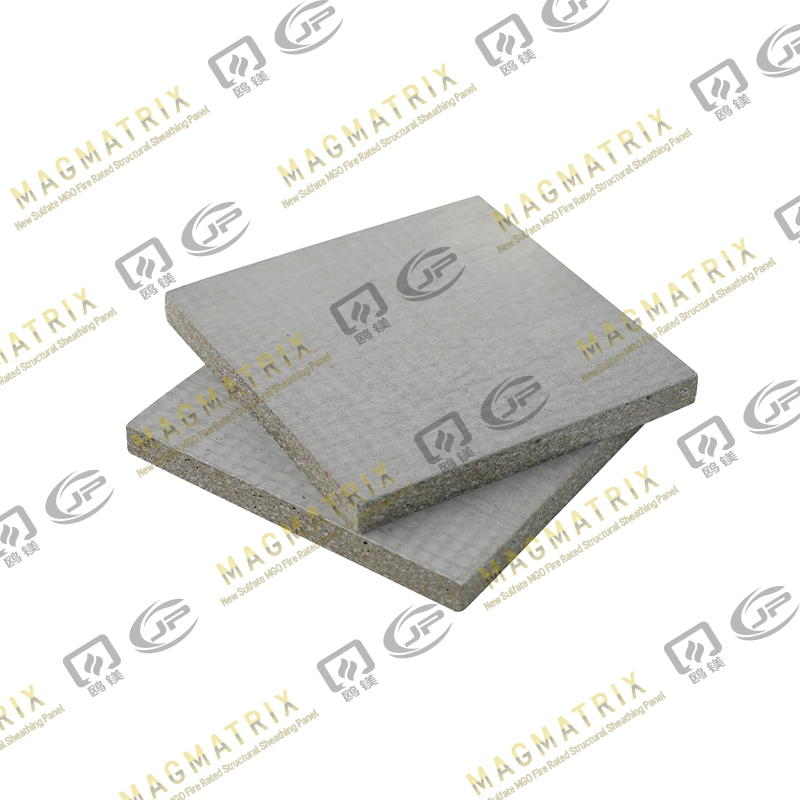 Multi-Support MgO Wall Sheathing Board
Multi-Support MgO Wall Sheathing Board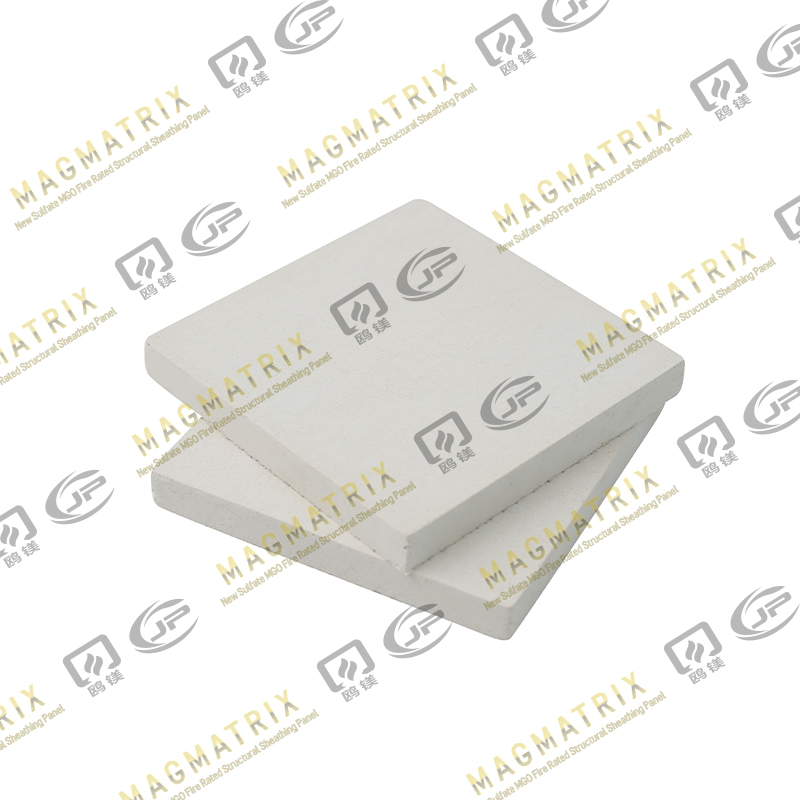 Perseverance MgO Wall Sheathing Board
Perseverance MgO Wall Sheathing Board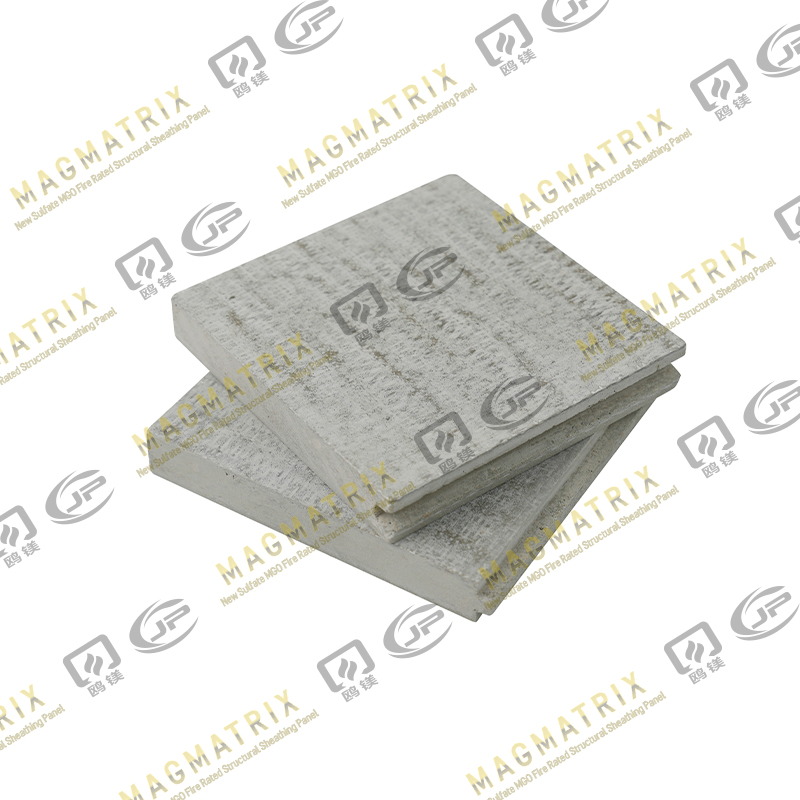 Multi-Support MgO Subfloor Sheathing Board
Multi-Support MgO Subfloor Sheathing Board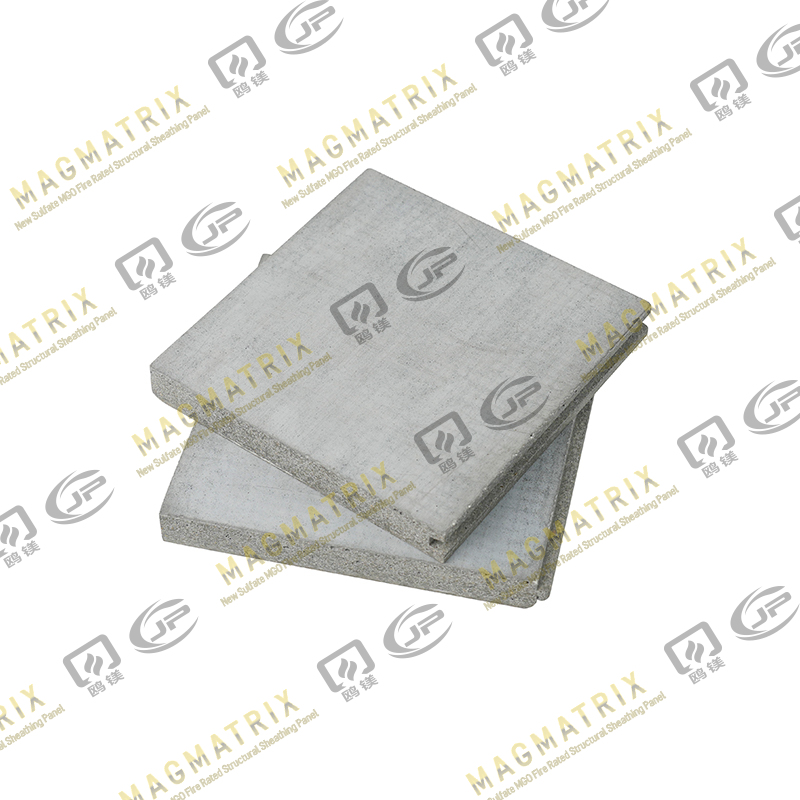 Perseverance MgO Subfloor Sheathing Board
Perseverance MgO Subfloor Sheathing Board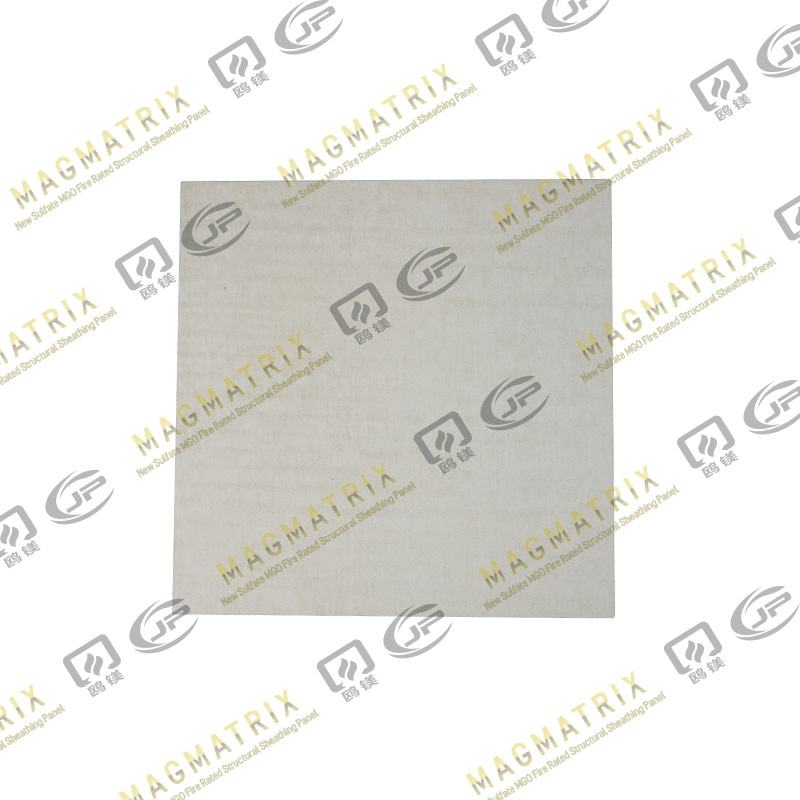 MagMatrix MgO Underlayment Panel/board
MagMatrix MgO Underlayment Panel/board


 English
English русский
русский Español
Español
